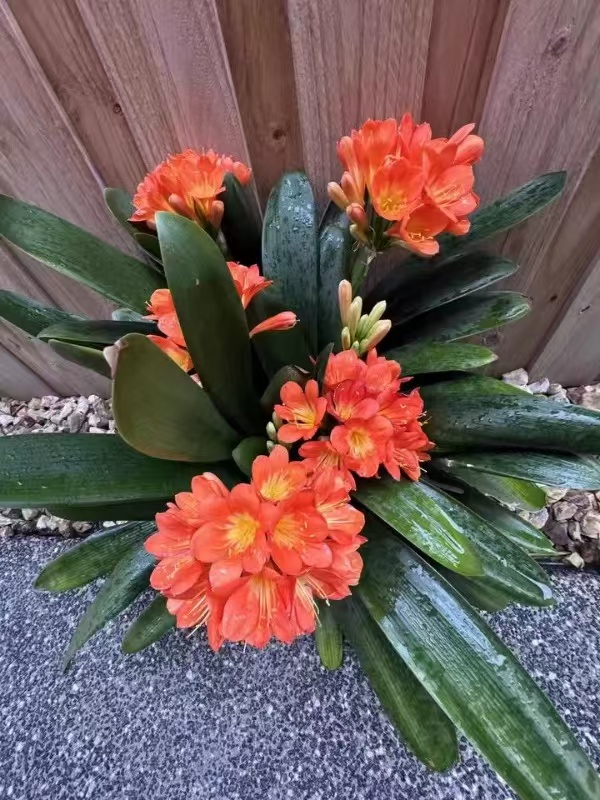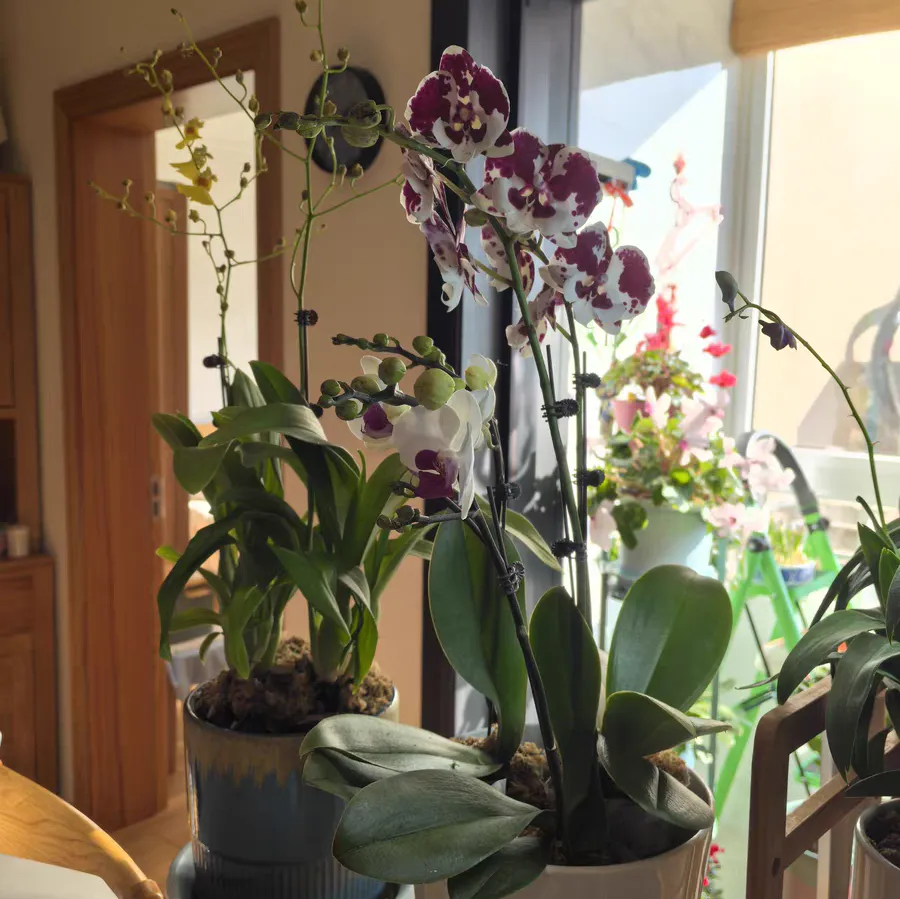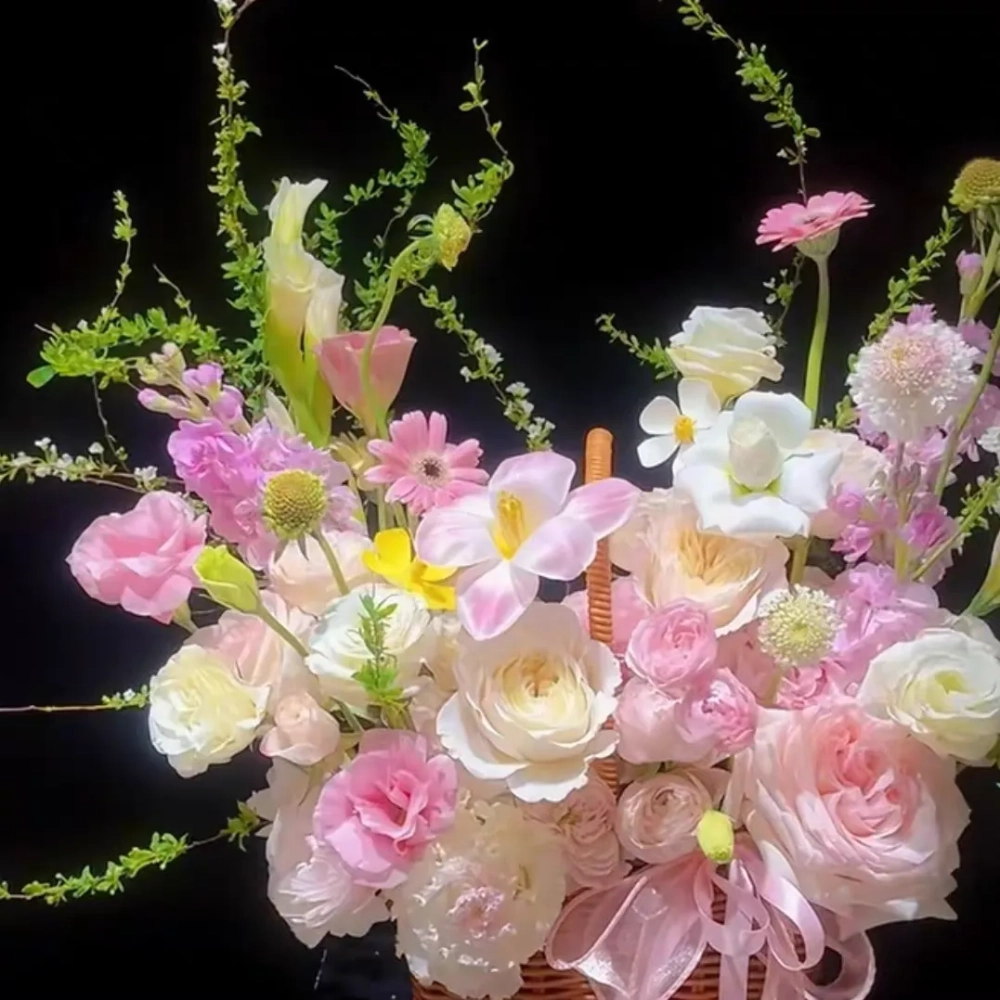As a common ornamental plant, the health condition of the leaves of Clivia directly affects its overall ornamental value. However, during the process of cultivation, we often encounter the problem of yellowing leaves of Clivia.
The following are some of the main reasons for the yellowing of Clivia leaves:
Insufficient Light
Clivia prefers an environment with sufficient scattered light. If it is in a dark environment for a long time, the leaves will turn yellow due to the lack of light required for photosynthesis. Therefore, it is crucial to keep the location of Clivia with sufficient light while avoiding direct sunlight.
Improper Water Management
Clivia has special requirements for water. It is afraid of both excessive and insufficient water. Overwatering will cause the roots to rot, which will then affect the health of the leaves and make them turn yellow; while underwatering will cause the leaves to turn yellow due to water shortage. The correct way is to master the watering principle of "watering when the soil is dry and stopping when it is wet" to keep the potting soil slightly moist.
Lack of Nutrients
The growth of Clivia requires sufficient nutrient support. Long-term non-fertilization or improper fertilization will cause the leaves to turn yellow due to lack of nutrients. Regularly applying an appropriate amount of fertilizer and paying attention to the uniformity and concentration of fertilization are the keys to avoiding this problem.
Low Temperature
Clivia likes a warm environment, and the suitable growth temperature should be maintained between 18 - 28°C. If it is in a low-temperature environment for a long time, the leaves will turn yellow due to cold. Therefore, special attention should be paid to keeping warm during winter cultivation.
Pest and Disease Infestation
Pests such as aphids and red spiders will suck the sap of Clivia, causing the leaves to turn yellow; while bacterial infections will cause disease spots to appear on the leaves and turn them yellow. Regularly inspect the growth condition of Clivia, and deal with pests and diseases in a timely manner if they are found.
Soil Problems
Clivia has relatively high requirements for soil. If the soil texture is too hard, has poor drainage, or contains too much salt, it may cause the leaves to turn yellow. Therefore, when planting, it is necessary to choose suitable soil, and regularly loosen the soil and change the pot to maintain the good condition of the soil.
To deal with the problem of yellowing leaves of Clivia, we can take the following treatment methods:
Place Clivia in a place with sufficient light but avoid direct sunlight. If it is cultivated indoors, it can be placed near the windowsill or use lamps with stronger scattered light for supplementary lighting.
Master the watering principle of "watering when the soil is dry and stopping when it is wet" to avoid waterlogging and drought. The watering frequency can be appropriately increased during high temperatures in summer; in winter when the temperature is low, the amount of watering should be reduced and attention should be paid to heat preservation measures.
Regularly apply an appropriate amount of fertilizer to meet the growth requirements of Clivia. When fertilizing, pay attention to the uniformity and concentration control to avoid burning the roots. At the same time, you can consider using decomposed organic fertilizers or special fertilizers for foliage plants.
Ensure that the growth environment temperature of Clivia is between 18 - 28°C. In winter, move it to a warm place indoors and take heat preservation measures; in summer when the temperature is high, appropriately shade it to reduce the temperature.
Regularly inspect the leaves and roots of Clivia. If pests and diseases are found, deal with them in a timely manner. You can use biological pesticides or chemical pesticides for spraying, and pay attention to ventilation and drainage to reduce the occurrence of pests and diseases.
For the already yellowed leaves, they can be directly cut off to relieve the burden on the plant. At the same time, you can prune and shape the overgrown Clivia to maintain ventilation and light transmission.
If the leaves of Clivia turn yellow due to soil problems, you can consider changing the soil. Choose loose, breathable and well-drained humus soil for replacement, and pay attention to the maintenance management after changing the soil.
Through the above methods, we can effectively solve the problem of yellowing leaves of Clivia and promote its healthy growth. During the cultivation process, careful observation should be carried out and the cultivation measures should be adjusted in a timely manner to ensure that Clivia is always in the best growth state.
How to Deal with the Yellowing Leaves of Clivia?

Share with
Tagged in :




Leave a Reply